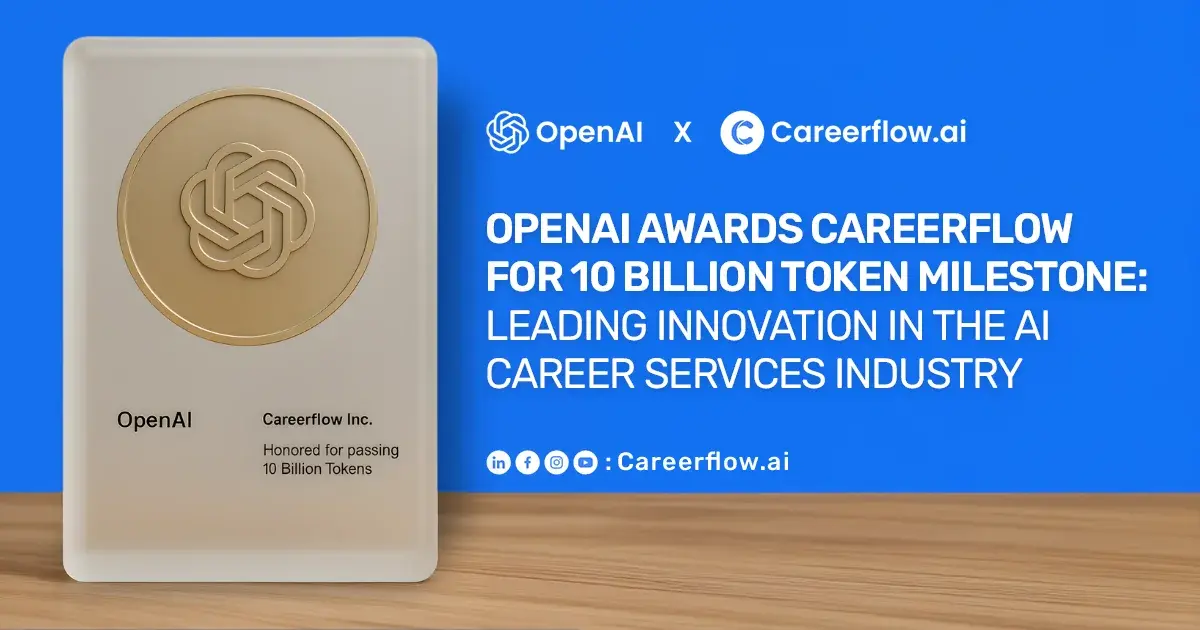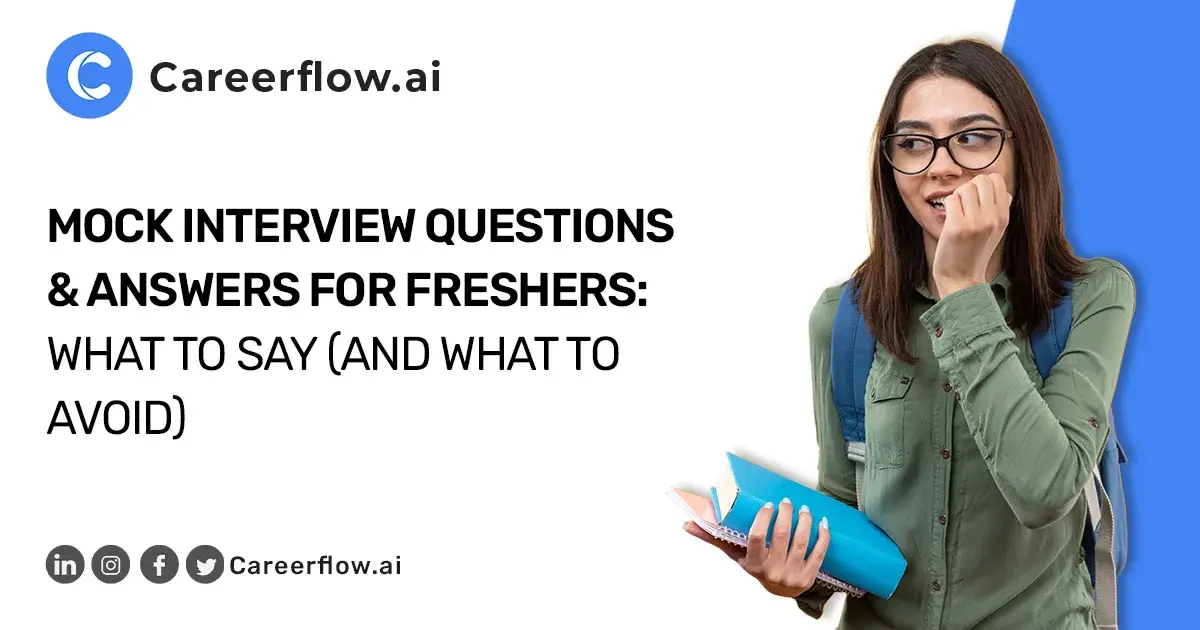In today's digital age, having a strong online presence is crucial, especially for professionals. LinkedIn reigns supreme as the go-to platform for professional networking. It's a digital hub where you can connect with colleagues, showcase your skills and experience, and discover new opportunities. A well-crafted LinkedIn profile acts as your online resume, making a lasting impression on potential employers and collaborators.
But what truly elevates your profile beyond just listing your skills and experience? Endorsements and recommendations – powerful tools that can significantly boost your credibility and visibility on LinkedIn.
This blog will delve into the importance of endorsements and recommendations, and how they can set your profile apart in the competitive job market.
Understanding LinkedIn Endorsements
What are Endorsements?
Imagine LinkedIn endorsements as the appreciation that you get from a professional network. They're a way for your connections to publicly vouch for your skills and expertise. When someone endorses you for a skill listed on your profile, it adds credibility and weight to your experience.
How Endorsements Work:
The endorsement process is simple. Anyone in your 1st-degree connection list on LinkedIn can endorse you for a skill listed on your profile. They simply click the "Endorse" button to endorse a skill. There's no limit to the number of endorsements you can receive, and you can see a list of everyone who has endorsed you.

Who Can Endorse You?
Remember, endorsements hold the most weight when they come from people who have firsthand experience working with you. Ideally, these connections should be colleagues, past clients, or anyone who can speak to your proficiency in a particular skill.
Where are Endorsements Visible?
Endorsements are displayed prominently on your profile, usually just below your listed skills. Anyone visiting your profile can see the skills you've been endorsed for, along with the number of endorsements you have received so far. This allows potential employers and collaborators to quickly get a sense of your strengths and the areas where you're recognized by your network.
Benefits of LinkedIn Endorsements
When it comes to optimizing your LinkedIn profile, it's important to consider all the elements. However, manually going through and listing all the aspects, as well as correcting and enhancing your LinkedIn, can be a tedious task. That's why we have a simple yet effective solution for you. Careerflow's free linkedIn optimization tool can do that for you. Just follow the guided steps and optimize your LinkedIn profile effortlessly.
Let's look into the benefits of having LinkedIn endorsements.
1. Boost Your Profile Visibility: In today's competitive job market, getting your profile seen by the right people is crucial. Here's where endorsements come in. According to LinkedIn, profiles with at least five listed skills tend to receive 17 times more profile views. Endorsements further enhance discoverability. When someone searches for specific skills on LinkedIn, profiles with relevant, highly endorsed skills are more likely to appear at the top of the search results. This increased visibility puts you in front of potential employers and collaborators actively seeking individuals with your skillset.
2. Validation of Skills: Imagine a recruiter scanning dozens of profiles. Endorsements provide a quick and easy way for them to gauge your competency in various areas. A profile with numerous endorsements for relevant skills acts as a form of social proof, demonstrating that your network recognizes your expertise. This validation can significantly tip the scales in your favor during the initial screening process.
3. Building Trust and Credibility: Let's face it, simply listing skills on your profile can feel subjective. Endorsements, however, add an element of objectivity. When a recruiter sees multiple endorsements for key skills from trusted connections, it builds trust and credibility. This can be especially beneficial for professionals with a non-traditional career path or those looking to transition into a new field. Endorsements act as a testament to your transferable skills and adaptability, making your profile more convincing to potential employers.
Strategies for Gaining Endorsements
Now that you understand the power of endorsements, let's explore some strategies to get them rolling on your profile:
1. Optimizing Your Skills Section:
- Don't overload your profile with every skill you've ever touched. Focus on 10-15 key skills that are relevant to your current career goals.
- Research the keywords and skills commonly used in job descriptions within your target field. Include these relevant skills in your profile, making it easier for recruiters to find you.
- Order your skills strategically. Place the most relevant and highly endorsed skills at the top of your list to grab attention first.
2. Engaging with Your Network:
- The best way to encourage endorsements is to endorse others in your network. Reciprocation is key! Identify colleagues, past clients, or anyone who can vouch for your skills, and endorse them for relevant skills.
- Don't just blast out generic endorsement requests. Craft personalized messages reminding connections of specific projects where you demonstrated the skill you're requesting an endorsement for.
- When requesting an endorsement, don't make people search for the skill. Directly link to the specific skill on your profile to streamline the process.
3. Participating in LinkedIn Activities:
- Regularly contribute to relevant LinkedIn groups and discussions. Share insightful articles, answer questions, and engage with other professionals. This showcases your expertise and makes you more recognizable within your network, increasing the likelihood of receiving endorsements.
- Sharing your knowledge and expertise by publishing original content on LinkedIn positions you as a thought leader and builds trust with your network. High-quality content can even attract endorsements from people outside your immediate network.
By implementing these strategies, you can cultivate a network of engaged connections who are more likely to endorse your skills, elevating your LinkedIn profile and propelling you toward your career goals.
Understanding LinkedIn Recommendations
While endorsements are a valuable tool, they don't offer the same level of detail or personalization as LinkedIn Recommendations. Think of recommendations as detailed testimonials written by your professional network.
What are Recommendations?
Recommendations are personalized paragraphs written by someone in your network vouching for your skills, work ethic, and overall character. They provide a deeper insight into your strengths and accomplishments beyond just a list of skills.
How Recommendations Differ from Endorsements:
- Depth: Endorsements are quick validations of skills. Recommendations offer a more in-depth narrative about your capabilities and contributions.
- Specificity: Recommendations allow the writer to provide specific examples of your work or projects. This adds a layer of credibility and authenticity.
- Control: Unlike endorsements, you have control over which recommendations appear on your profile. You can choose to accept or decline a recommendation before it's visible to others.
The Process of Giving and Receiving Recommendations:
- Requesting Recommendations: You can strategically request recommendations from colleagues, supervisors, or clients who can speak to your work ethic and specific achievements.
- Writing Recommendations: When writing a recommendation for someone else, focus on specific examples that showcase their skills and contributions. Highlight their strengths and personality traits relevant to the professional world.
- Reviewing Recommendations: Once someone writes a recommendation for you, you'll receive a notification. You can then review the recommendation and choose to accept or decline it before it becomes public on your profile.

Remember: Recommendations are a two-way street. The more recommendations you give to others, the more likely you are to receive them in return. By strategically leveraging both endorsements and recommendations, you can create a compelling and well-rounded LinkedIn profile that positions you for success in today's competitive job market.
Benefits of LinkedIn Recommendations
While endorsements offer a quick snapshot of your skills, recommendations take things a step further. Here's why they deserve a prominent spot on your profile:
Detailed Validation: Endorsements are great, but they lack the nuance of a well-written recommendation. Recommendations allow your connections to delve deeper, providing specific examples of your work ethic, problem-solving skills, and contributions to projects. This detailed validation carries significantly more weight with potential employers and collaborators.
Enhanced Profile Appeal: A profile filled with generic endorsements might blend into the background. However, a profile with impactful recommendations catches the eye. These personalized testimonials act as compelling narratives, showcasing your strengths and achievements in a way that makes you stand out from the crowd.
Strengthening Professional Relationships: The act of requesting and giving recommendations fosters stronger connections within your network. Taking the time to write a thoughtful recommendation for someone demonstrates your appreciation and support. Likewise, receiving a recommendation shows that someone values your contributions and is willing to publicly vouch for you. This two-way street strengthens your professional relationships and builds trust within your network.
Strategies for Gaining Recommendations
1. Identifying Potential Recommenders
- Quality over Quantity: Don't bombard everyone with requests. Focus on individuals who have direct experience working with you. This could include past colleagues, managers, clients, or even vendors you've collaborated with on successful projects.
- Target the Right People: Consider who can provide the most impactful recommendations. Those who've witnessed your performance in high-pressure situations or challenging projects can offer the most compelling insights.
2. How to Request Recommendations
- Personalize Your Message: A generic "Can you give me a recommendation?" message falls flat. Craft a personalized message reminding the person of a specific project you worked on together or a skill you demonstrated. Briefly explain why their recommendation would be valuable.
- Make it Easy: Don't make them work for it. Briefly explain what type of recommendation would be most helpful and offer to write a recommendation for them in return.
For Example:
Hi [Name of Contact],
Hope you're doing well!
I'm revamping my LinkedIn profile to showcase my skills in [Specific Skill] and your experience working with me on [Project Name] comes to mind.
A recommendation highlighting my [Specific Skill] and how it contributed to the project's success (e.g., improved efficiency by x%) would be incredibly valuable for potential employers.
Would you be open to writing a short recommendation? I'd be happy to return the favor if you'd like one for your profile as well.
Thanks,
[Your Name]
Writing Effective Recommendations
- Focus on Specifics: Don't just list skills; provide concrete examples that illustrate their strengths. Mention specific projects where they excelled and the positive impact they had.
- Highlight Personality: Go beyond just skills. Briefly mention positive personality traits that contribute to their work style or teamwork.
- Proofread Carefully: Typos and grammatical errors can diminish the impact of your recommendation. Take the time to proofread before sending.
By following these strategies, you can cultivate a network of valuable connections who are more likely to provide you with impactful recommendations that elevate your LinkedIn profile and propel you toward your career goals.
Leveraging Endorsements and Recommendations for Career Growth
You've cultivated a strong network of endorsements and recommendations - now it's time to leverage them for career advancement! Here are some strategies:
1. Highlighting Key Endorsements and Recommendations
- Optimize Your Summary: Briefly mention your most relevant skills and endorsements in your LinkedIn summary. This draws attention to the skills your network recognizes and positions you as a strong candidate.
- Feature Top Recommendations: Consider strategically showcasing a snippet from a particularly impactful recommendation within your summary section.
2. Using Endorsements and Recommendations in Job Applications
- Tailor Your Resume: Reference key skills endorsed on your LinkedIn profile within your resume. This creates consistency and reinforces your expertise.
- Targeted Cover Letters: In your cover letter, mention specific skills highlighted in recommendations that directly align with the job requirements. This demonstrates a deeper understanding of the needed skills and increases your candidacy.
3. Sharing Recommendations and Endorsements in Posts
- Celebrate Success: Did you receive a fantastic recommendation? Share it with your network in a post expressing your gratitude. This encourages further engagement and reinforces the positive feedback.
- Engage in Discussions: If a relevant industry discussion arises, share an endorsement or recommendation that showcases your expertise within that topic.
Conclusion
Building a strong LinkedIn profile with endorsements and recommendations isn't just about vanity metrics. It's about establishing yourself as a credible and skilled professional within your network. By actively seeking and giving endorsements and recommendations, you foster valuable connections, elevate your profile, and ultimately unlock new career opportunities.
Don't wait! Update your LinkedIn profile today by using Careerflow's Free LinkedIn Optimization tool and start building a network rich with endorsements and recommendations. The power to amplify your career success lies within your connections. So get out there, engage with your network, and watch your profile become a magnet for success✨!


.webp)






